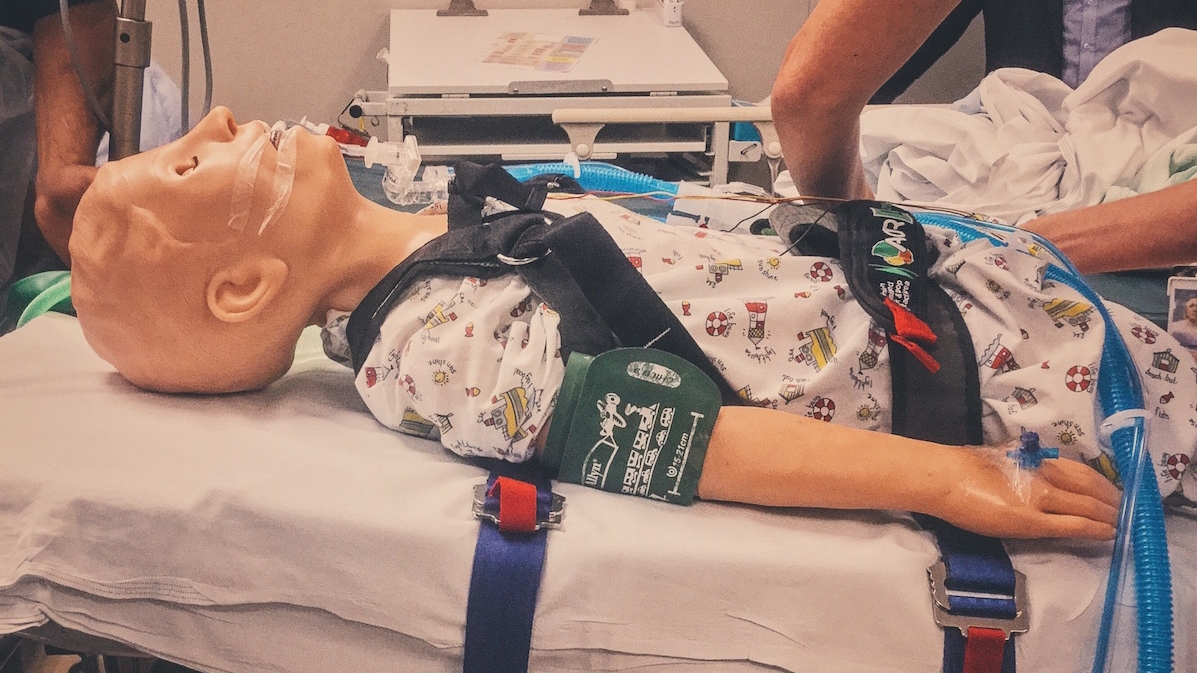Ruling out Sub-Arachnoid Haemorrhage in the ED
““Is it more of a headache than a help?””
Authors: Dr J Sillett, Dr C Oyediran, Mr A Malik
From: Queens Medical Centre (Nottingham)
Presented as a Poster at #RCEM15 (Manchester)
Objectives & Background
Subarachnoid haemorrhage (SAH) is a diagnosis not to miss. The Ottowa SAH Rule (Fig. 1) exists to identify patients who require investigation. Can we use it to identify those that don't and increase discharges from the Emergency Department (ED)?
There is also discussion that Computerised Tomography (CT) alone may be sufficient to exclude SAH as long as certain criteria are met(1, 2). However at present patients with a normal CT are admitted for lumbar puncture (LP).
We wanted to see if we could both reduce the number of CT's performed and if our scans alone could exclude SAH.
Methodology
We identified all patients attending our department aged over 18 that were coded as SAH by the ED clinician over the period 31/12/15 to 28/2/15.
The notes were reviewed and the Ottowa Rule applied.
We then reviewed the results of their investigations and the diagnosis given on discharge.
All our patients received a CT.
Fig. 1) The Ottowa SAH Rule: For alert patients >15 yrs with new severe nontraumatic headache reaching max intensity within 1 hr (not for patients with new neurological deficits, previous aneurysms, SAH, brain tumours, or history of recurrent headaches).
Investigate if High Risk Variables are present:
Age >40yrs
Neck pain or stiffness.
Witnessed LOC
Onset during exertion
Thunderclap Headache
Limited Neck Flexion
Results
Of our 55 patients 5 had a traumatic SAH, a further 14 had a final diagnosis of SAH without trauma. The breakdown of final diagnosis can be seen in Table 1.
For all patients with SAH it was diagnosed on CT, LP did not identify any additional patients with SAH.
Our application of the Ottowa Rule can be seen in (Fig. 2).
- 20 patients were excluded from the rule. This group contained 2 patients with SAH and all of the Traumatic SAH.
- The 2 SAH in this group both had clinical features warranting a scan but excluding them from the application of the rule.
- The remaining 12 patients with SAH were in the investigation group.
By applying the rule 6 patients would not have been scanned, and only one of them had an abnormal CT (a Chiari malformation).
Table 1. Breakdown of final diagnosis
Conclusions
Our findings support that applying the Ottowa Rule could reduce the number of patients needing investigation. However further work towards ruling out SAH based on a negative CT is likely to have a greater effect on increasing discharges from ED.
Extending our data with a larger number of patients will enable us to draw stronger conclusions.
References:
- Blok KM et al. CT within 6 hours of headache onset to rule out subarachnoid haemorrhage in nonacademic hospitals, Neurology. 2015 May 12;84(19):1927-32
- Backes D et al. Time-dependent test characteristics of head computed tomography in patients suspected of nontraumatic subarachnoid haemorrhage. Stroke. 2012 Aug;43(8):2115-9







